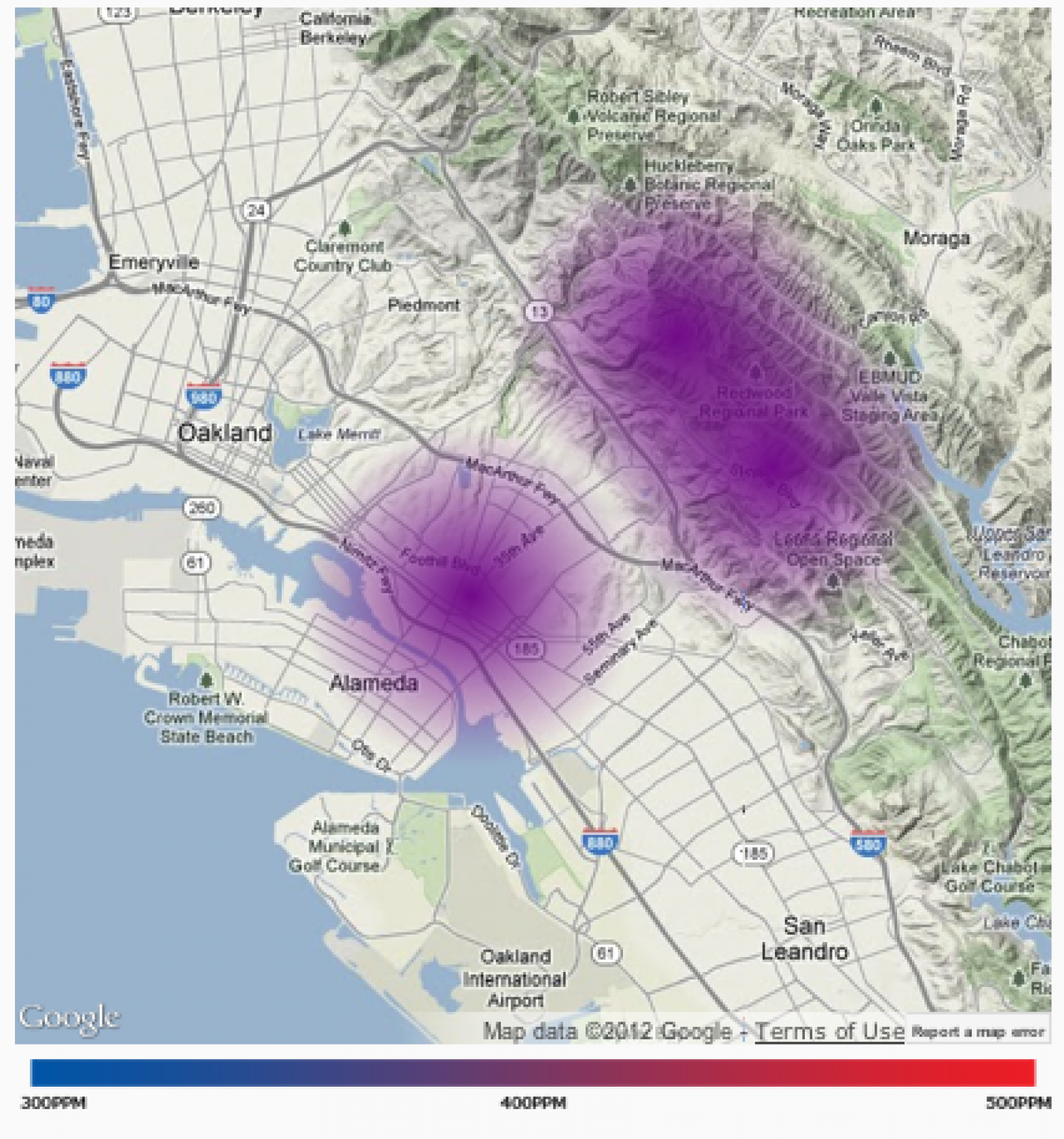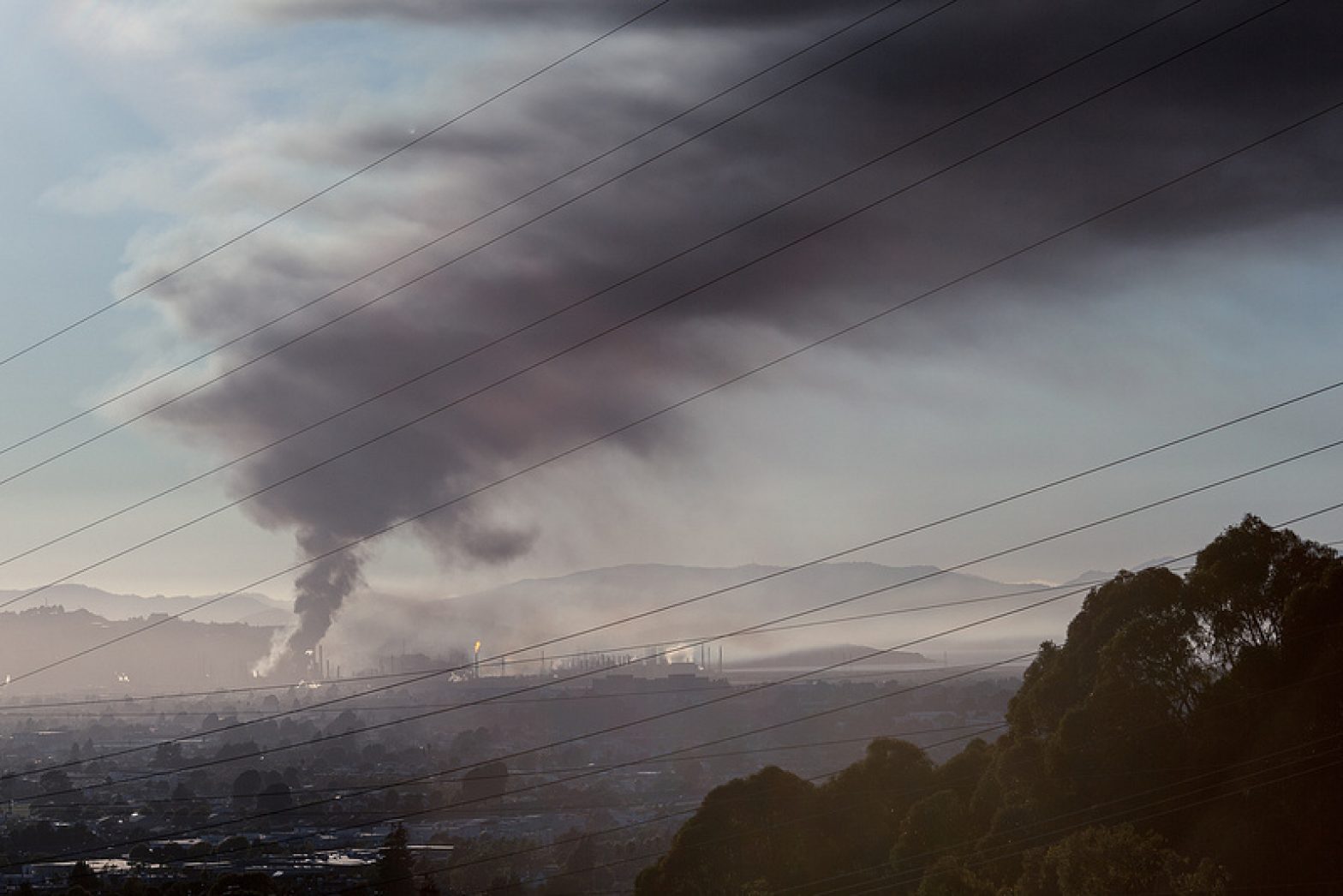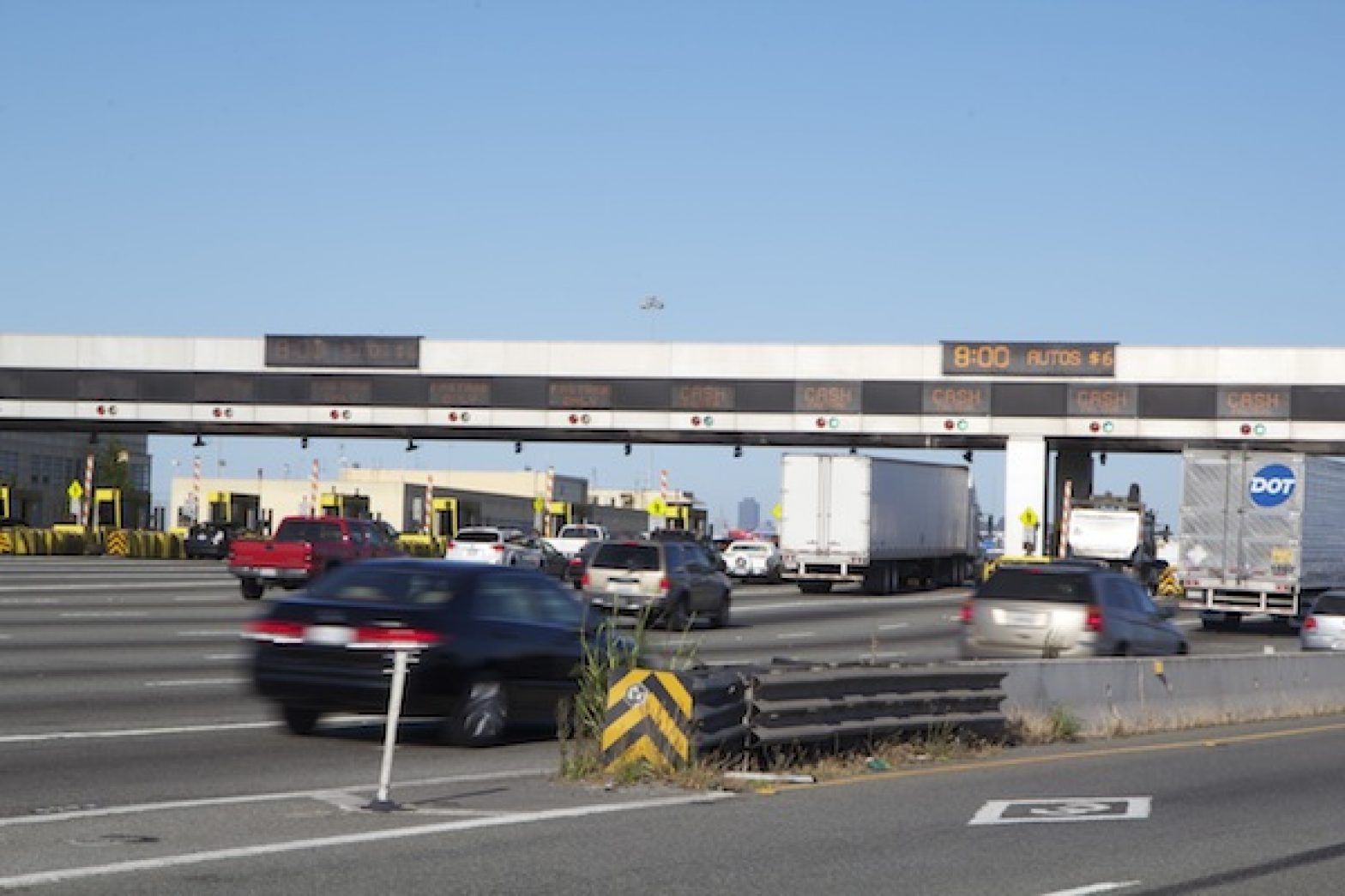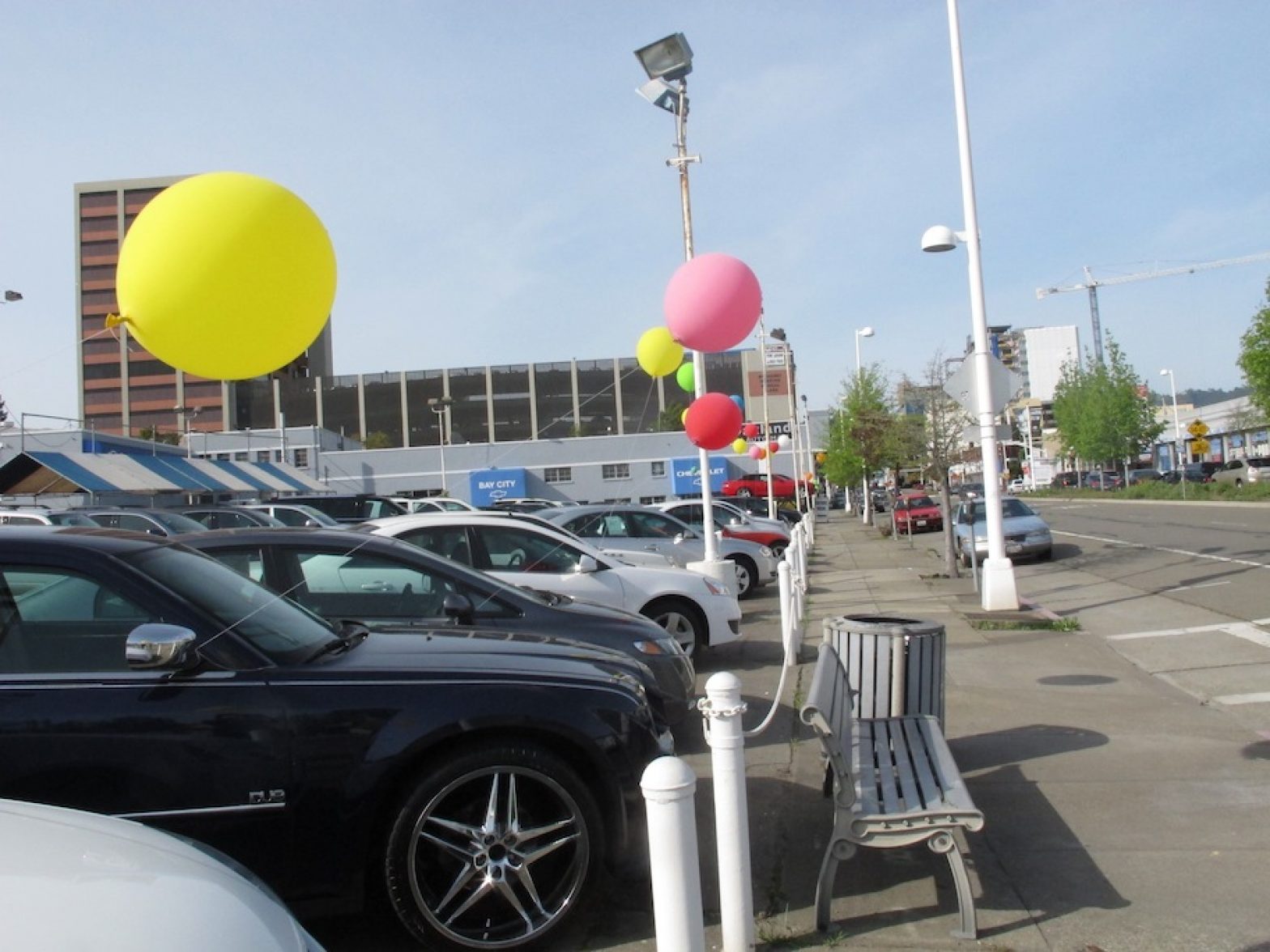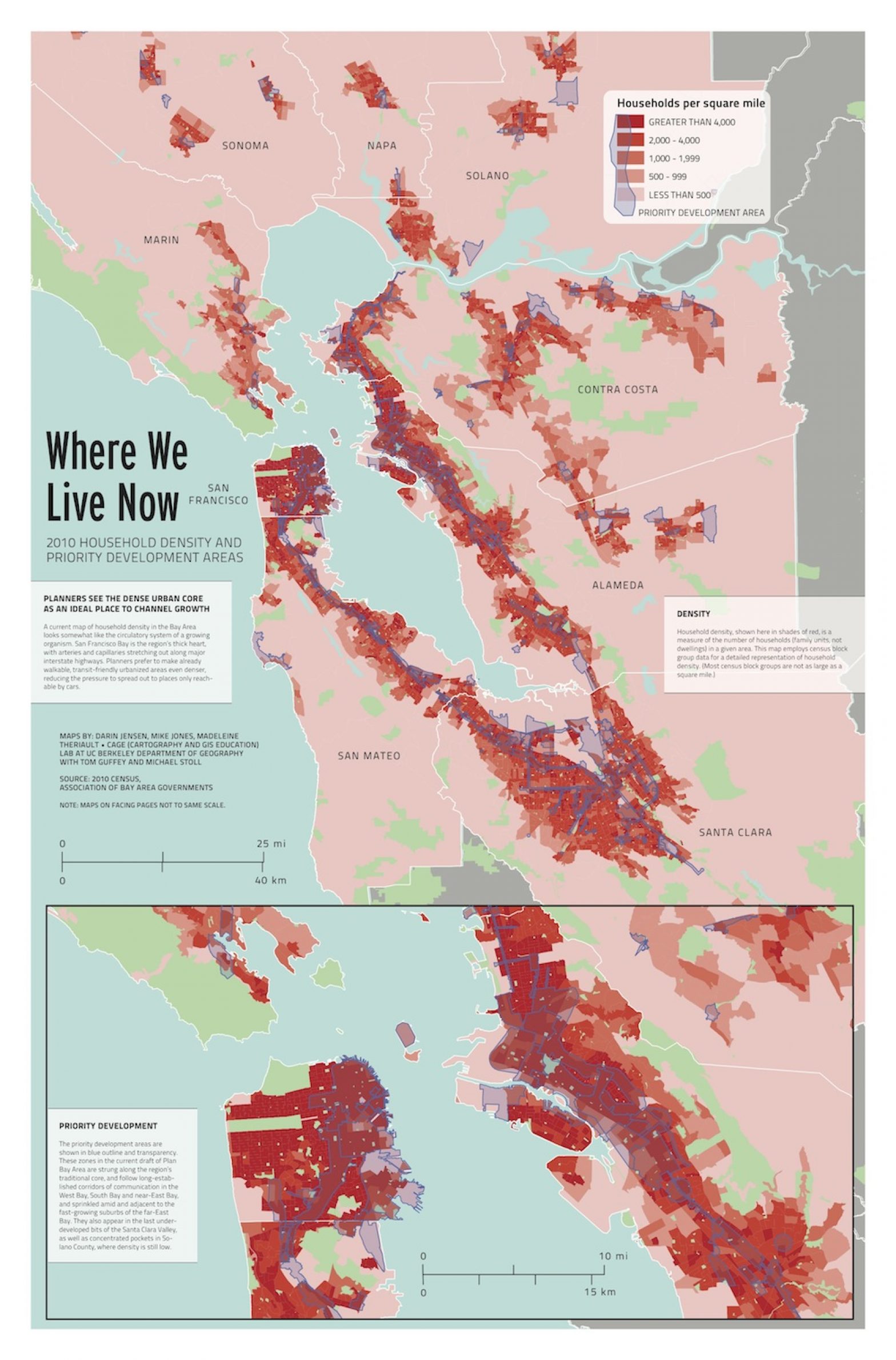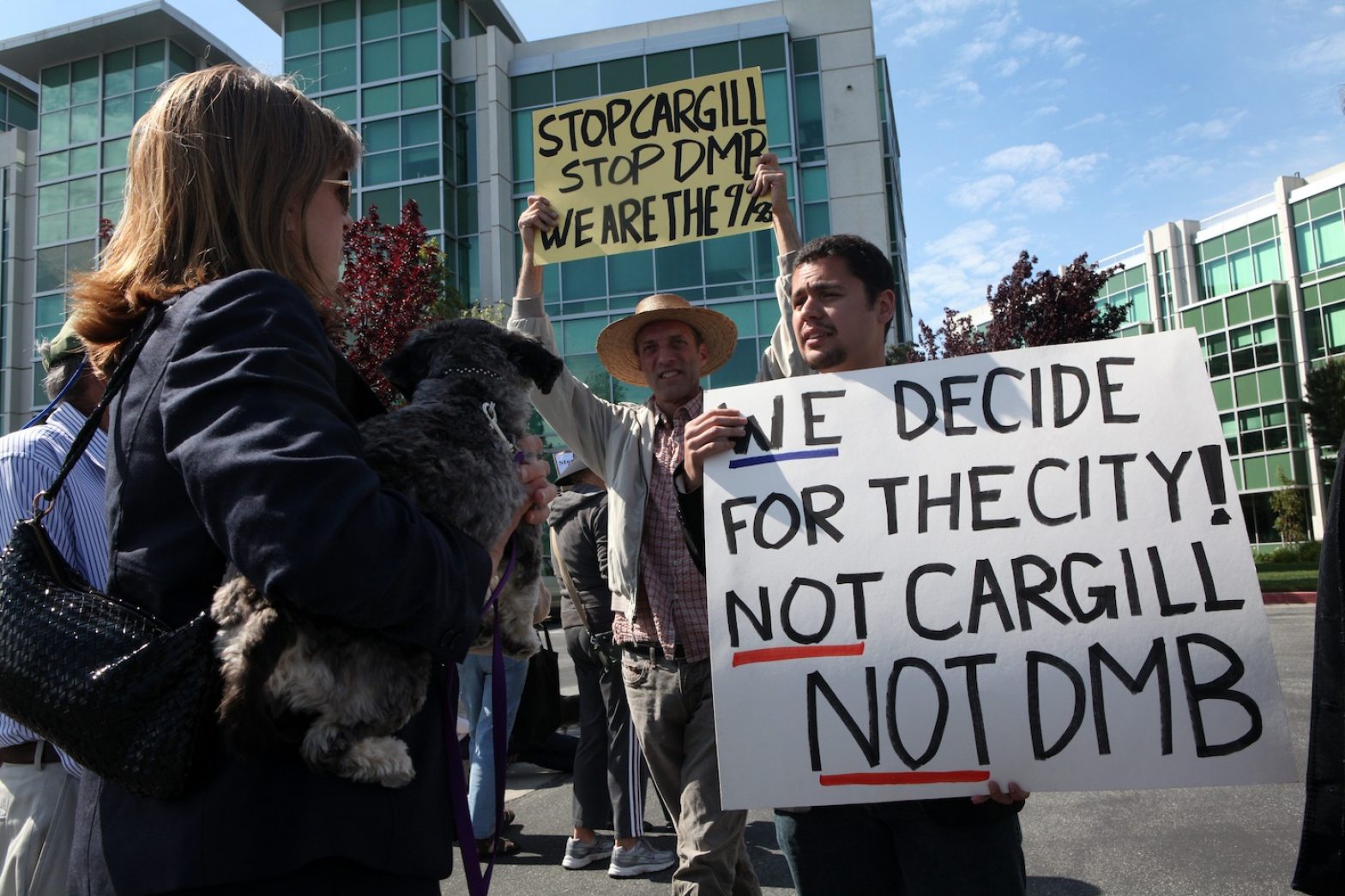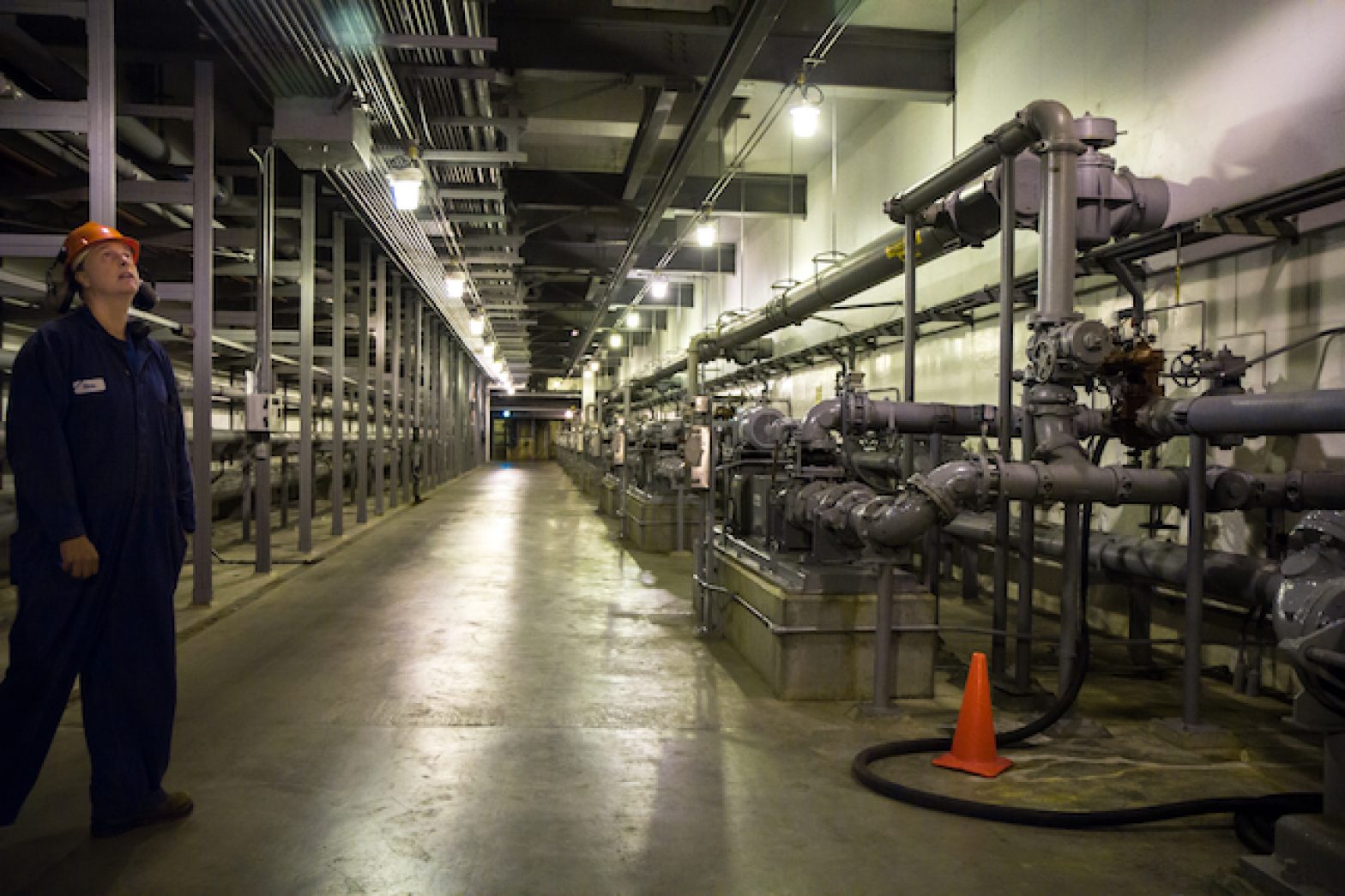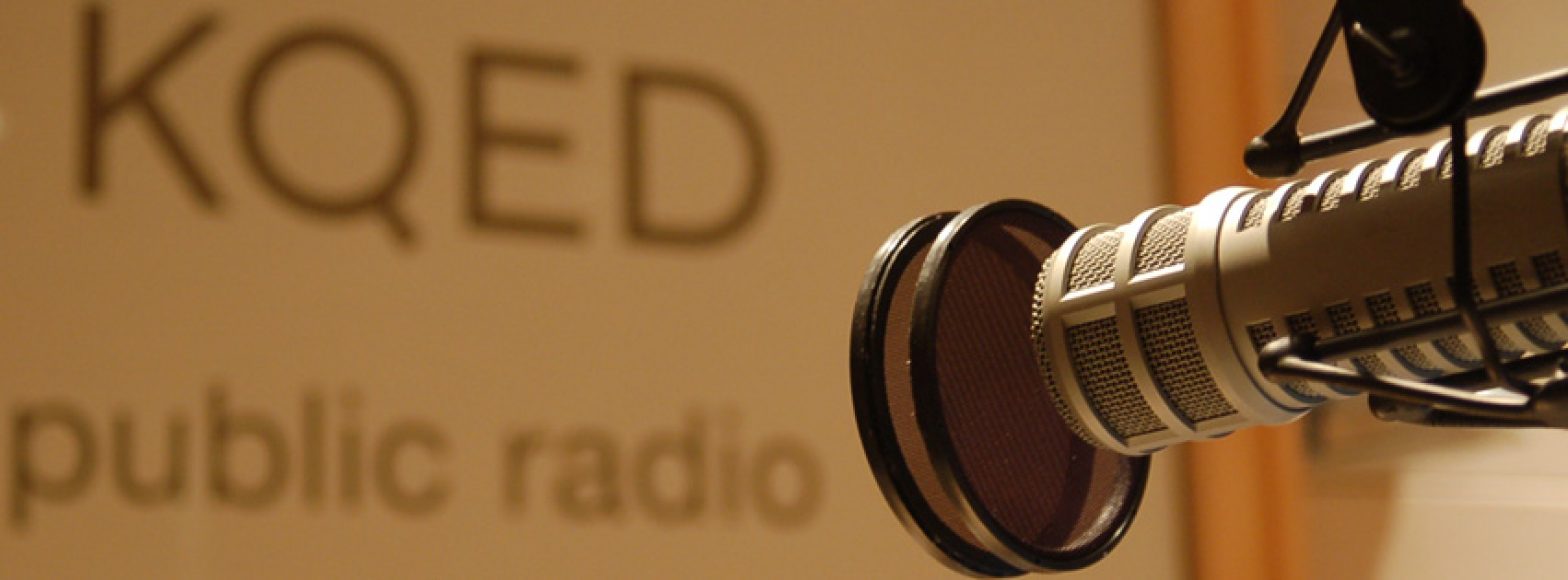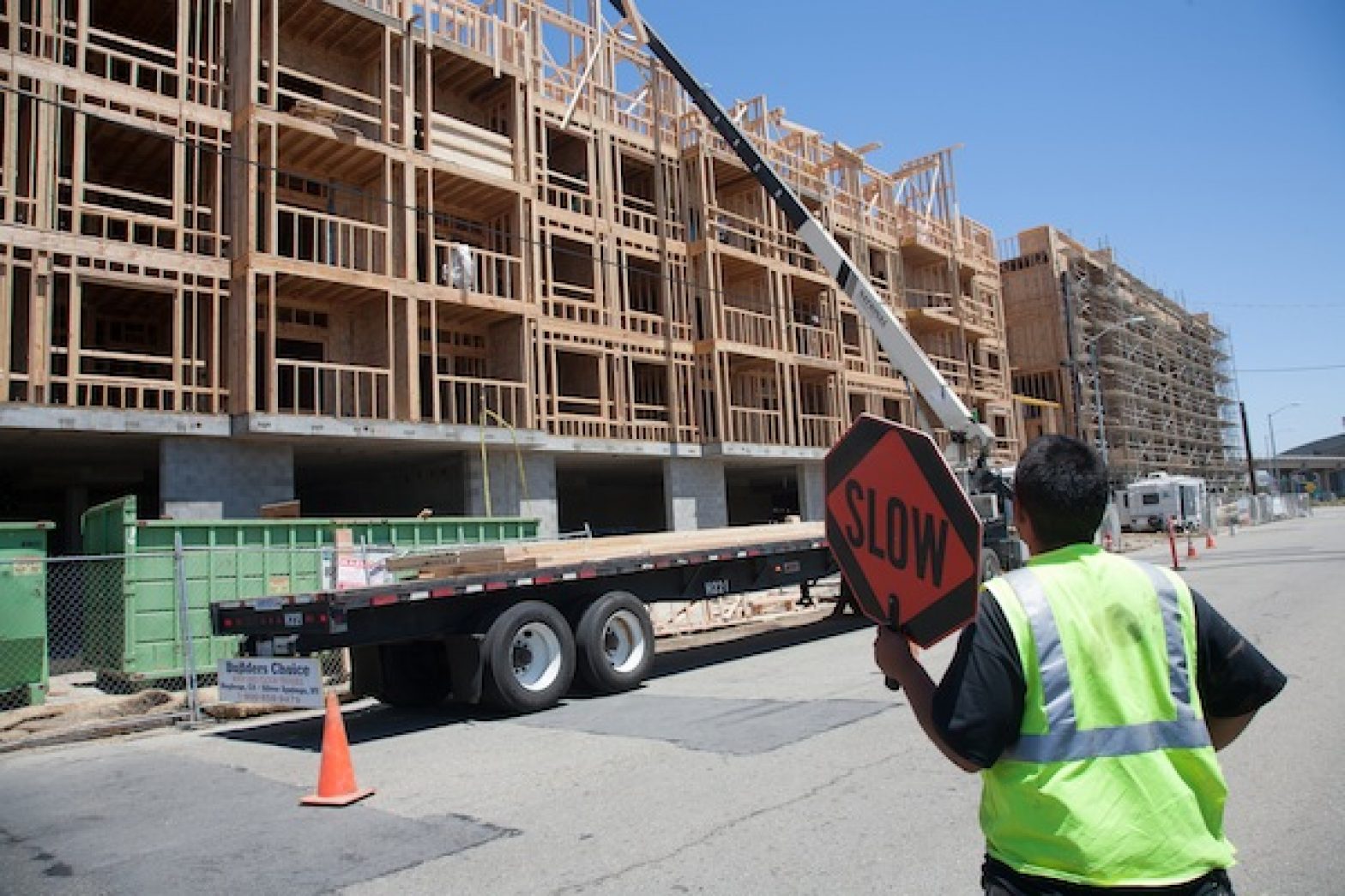Bay Area
Bay Area Carbon Dioxide Sensor Network Aims to Check Climate Change Policies
Scientists have devised an intricate network of carbon dioxide sensors in the Bay Area that could offer objective measurements to evaluate which climate change initiatives are effective in reducing greenhouse gases in the atmosphere. The sensors provide real-time local data on how much carbon dioxide is being emitted, said lead researcher Ronald Cohen, a professor of chemistry and of earth and planetary sciences at the University of California, Berkeley.
